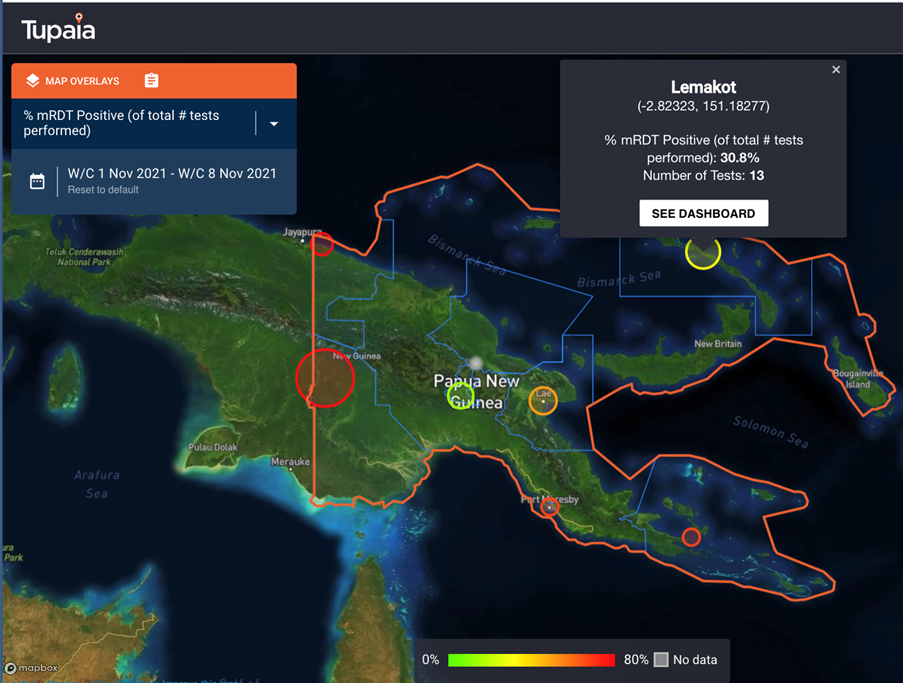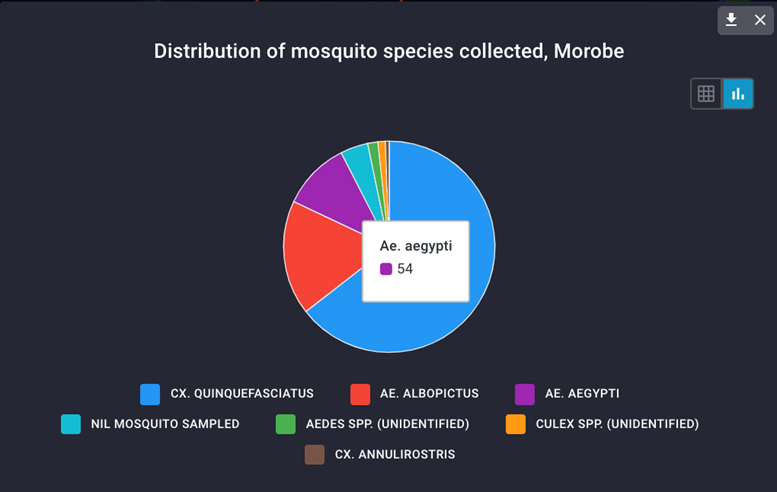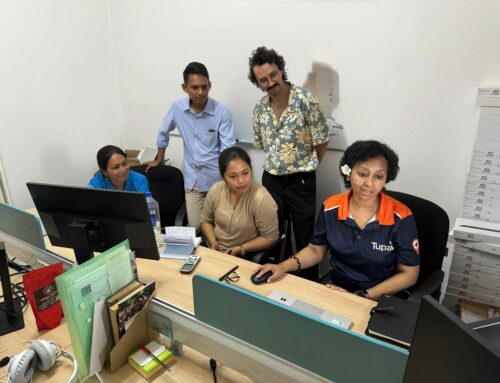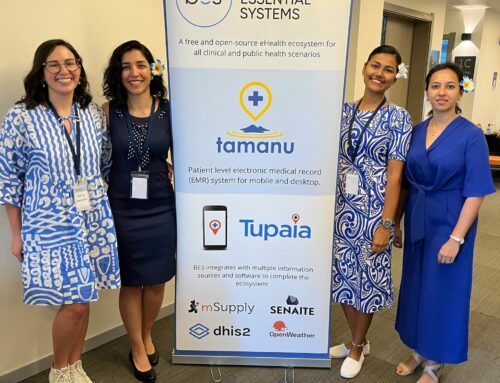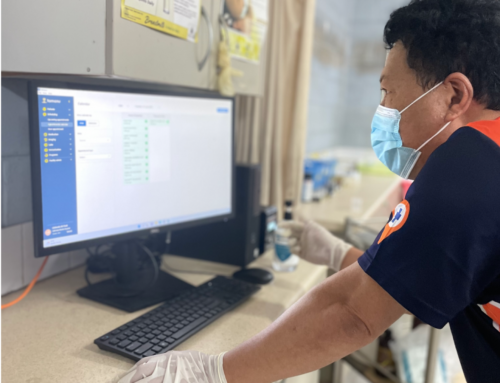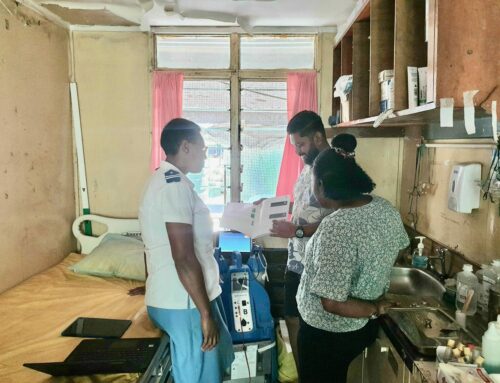Emerging infectious diseases pose an intensifying global health threat, especially in the context of fragile health systems in developing countries. A pressing need exists for continuous surveillance, rapid diagnosis and real-time tracking of emerging infectious diseases and antimicrobial resistance.
Beyond Essential Systems is working on a multi partner project called STRIVE PNG – Stronger Surveillance and Systems Support for Rapid Identification and Containment of Resurgent or Resistant Vector-Borne Pathogens in Papua New Guinea. The aim of the project is to improve systems for early warnings of drug-resistant parasites and insecticide resistant vectors (mosquitoes) and strengthening of PNGs vector-borne disease surveillance and outbreak response capability.
Papua New Guinea has a resource-constrained health system, a rapidly expanding population, and a substantial burden of endemic and emerging diseases. This is of significant concern given the rapidly increasing cross-border travel within the region. There is a pressing need for continuous surveillance, rapid diagnosis, and real-time tracking of emerging and resurgent infectious diseases.
Through piloting a real-time integrated sentinel surveillance and response system, the project is generating evidence to enable the implementation of rapid-response strategies for surveillance of malaria and other vector-borne diseases (VBDs). The project is also working to strengthen PNG capacity for research implementation and developing policy options to safeguard the country against vector borne diseases.
STRIVE has adopted the Tupaia platform to link and visualise febrile illness surveillance data with diagnostic test results, parasite genomic data, mosquito abundance and insecticide resistance data and available resources (including diagnostic and treatment consumables). The STRIVE-Tupaia real-time integrated surveillance platform has been available online since November 2019, with users from both PNG and Australia currently accessing the platform. Strengthening vector borne disease sentinel surveillance will allow rapid identification of outbreaks, resurgent and resistant pathogens and support the PNG health system to utilise data for decision-making.
- Tupaia Surveillance Platform: STRIVE Molecular Data
The STRIVE team is co-led by Dr Moses Laman (Deputy Director and Head, Vector Borne Disease Unit) at the Papua New Guinea Institute of Medical Research and Professor Leanne Robinson (Director of Health Security Program and Head, Vector Borne Disease and Tropical Public Health) of the Burnet Institute, with strategic leadership from the National Department of Health – National Malaria Control Program, Central Public Health Laboratory, University of PNG School of Medicine and Health Sciences and James Cook University.
Tupaia MediTrak, our mobile data collection app for iOS and Android, is used in the field at 8 sentinel sites that make up the data collection points across PNG. Here, the STRIVE nurses have been trained in the use of the app, and since October 2019 have submitted nearly 5000 individual patient surveys to contribute febrile illness data to the disease surveillance platform. Data is then additionally added into the system from the laboratory, building on the febrile illness patient level data with molecular data such as anti-malarial drug resistance markers. Rounding out the data input sources, there is also vector data coming in from vector collection sites located near to the sentinel sites. The surveillance platform thus also extends to showing insecticide resistance data, and the provision of practical information to advise the malaria teams on the ground which insecticides will be effective in which areas.
The program has experienced successes so far in strengthening lab capacity to provide key molecular data into the surveillance platform, and notably surveillance for molecular marker of artemisinin resistance detected Pf C580Y mutant parasites in Lae, providing critically important information to the PNG National Malaria Control Program, National Department of Health.
Tupaia has also recently released a new functionality allowing 2 map overlays to be active at one time. This will be of particular use to the STRIVE surveillance platform, as the multiple data sources will be able to be shown overlaid, further highlighting where action needs to be taken around malaria treatment and prevention.
